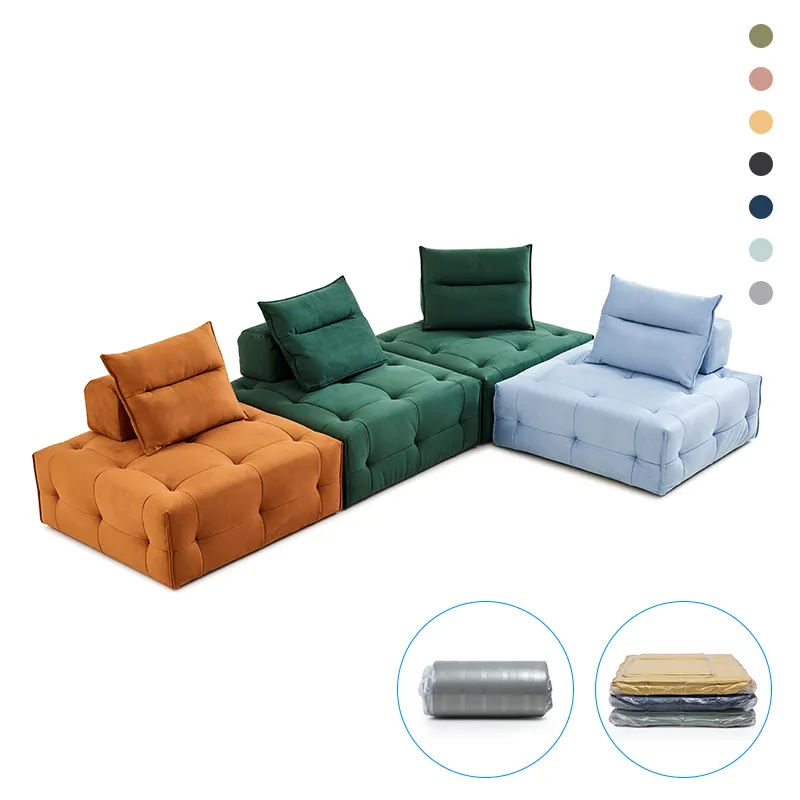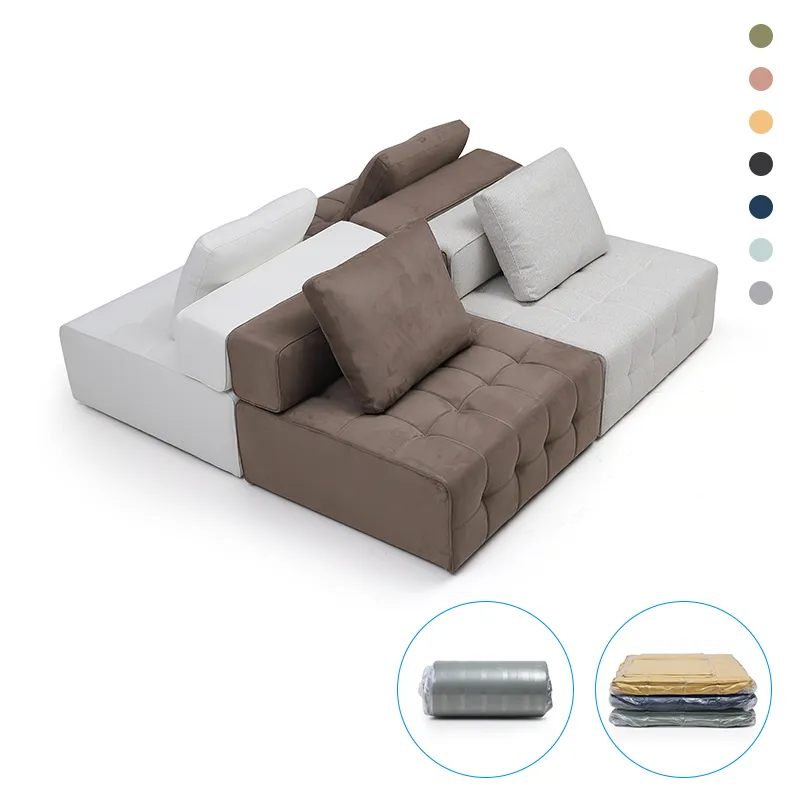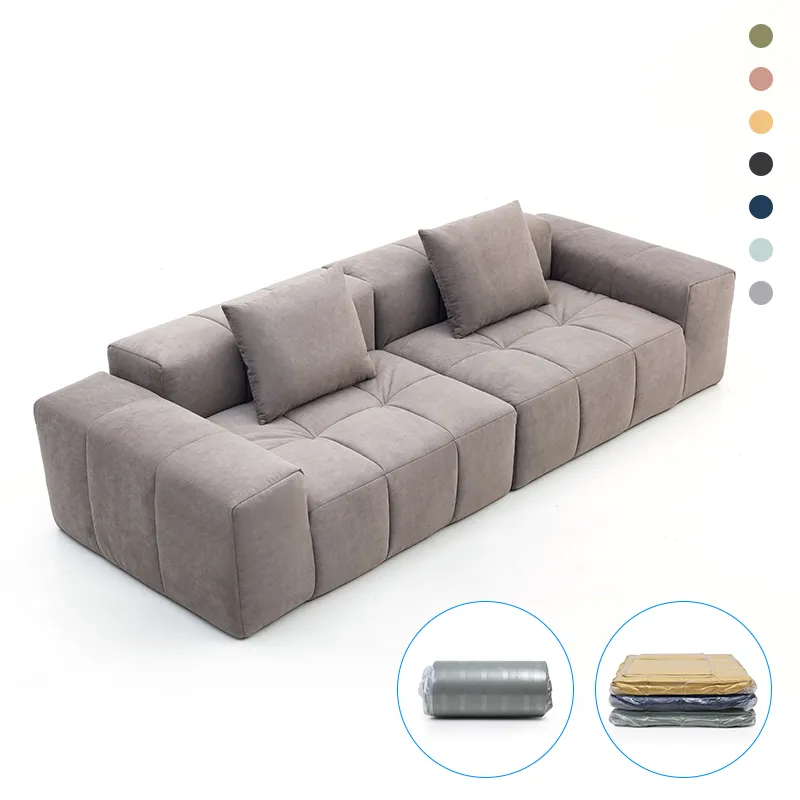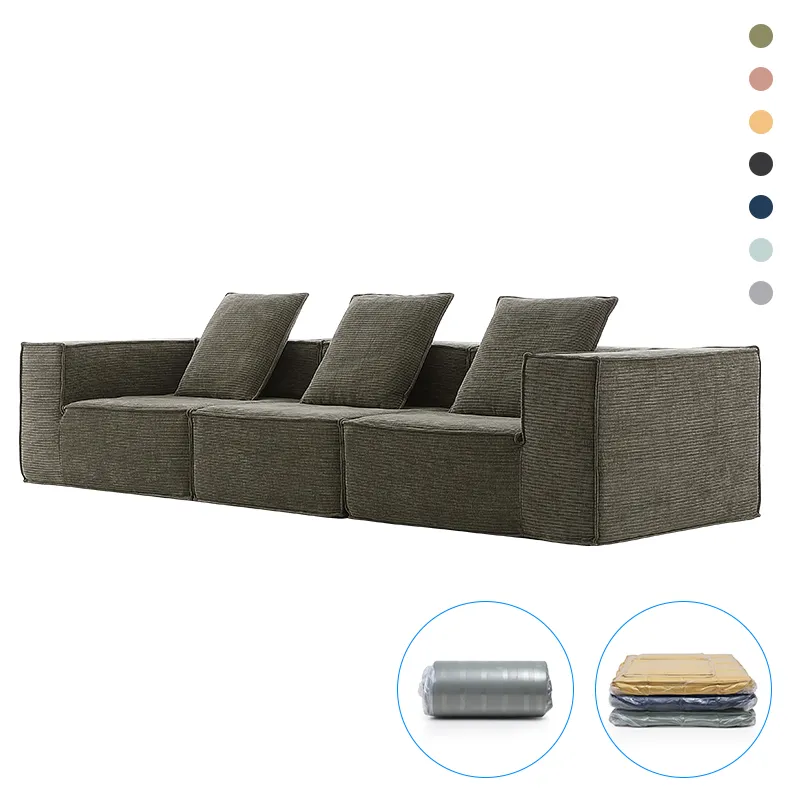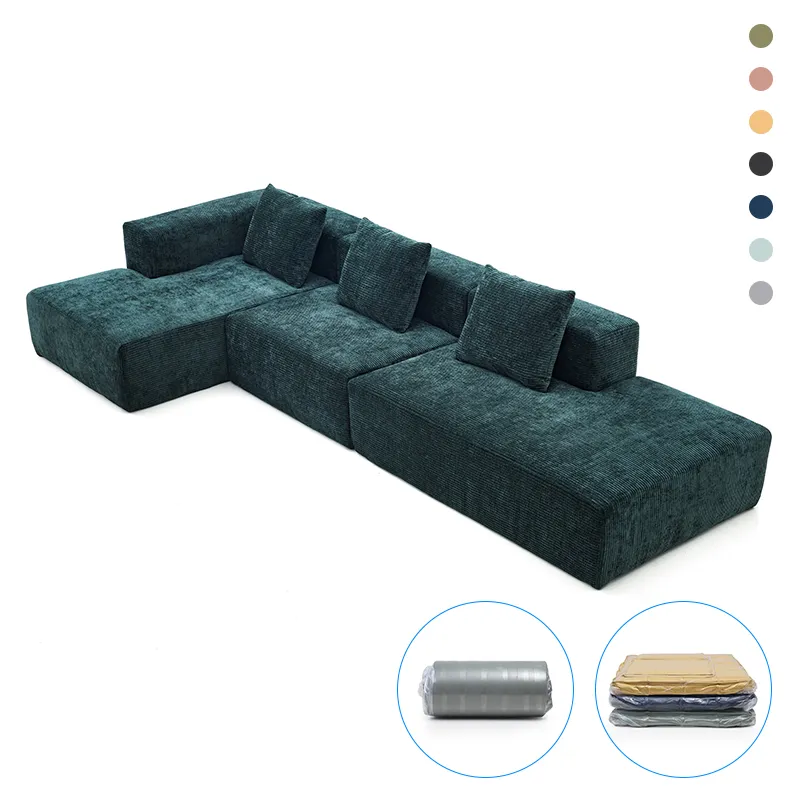Stackable Meeting Room Chairs - Durable, Efficient & Space-Saving Solutions
Understanding Stackable Meeting Room Chairs: A Global Perspective
If you’ve ever walked into a conference center, a classroom, or a convention hall, you probably noticed how seamless everything looks—even the chairs. Behind that neat stacking arrangement lies an unsung hero: stackable meeting room chairs. These aren’t just your average seating options; they play a pivotal role in how spaces globally accommodate fluctuating group sizes with agility, durability, and style.
Why should we care? Because in a world constantly shifting between remote and in-person work, events big and small, and multifunctional spaces, the flexibility brought by stackable seating is more than convenience—it’s a cost saver, a space optimizer, and a sustainability booster. Worldwide, the demand for adaptable furnishing solutions is booming, supported by data from ISO and commercial real estate trends. Meeting organizers, offices, universities, and community centers increasingly rely on stackable chairs to meet dynamic seating needs, often saving thousands in turnover costs annually.
Mini takeaway: Stackable meeting room chairs matter globally for their efficiency, adaptability, and cost-effectiveness in diverse industries.
The Global Relevance of Stackable Meeting Chairs
In 2023, the global furniture market touched an estimated value of over $600 billion USD, with contract and office furniture (including meeting chairs) steadily contributing around 18%. According to the United Nations Environment Programme (UNEP), furniture that combines mobility with sustainability supports rapid remodeling of spaces for new workflows, learning methods, or emergency responses. The need to reduce waste also brings stackable chairs into sharper focus: they help reduce overbuying and storage bulk, critical in cities like New York, London, or Shanghai where space is premium.
Yet, challenges persist. Event venues and institutions often struggle to transform rooms quickly without bulky, awkward seating. Standard chairs may be heavy or fragile, leading to wear and tear or injuries from handling. In contrast, properly designed stackable meeting room chairs are lightweight, robust, and user-friendly—an elegant answer to rapidly changing exhibition halls, training centers, or even humanitarian shelters.
Mini takeaway: As urban density and workplace flexibility rise, stackable chairs address space and logistics hurdles effectively.
What Exactly Are Stackable Meeting Room Chairs?
Simply put, stackable meeting room chairs are seating units designed so multiple chairs can be piled vertically—like a neat stack of plates. This design allows easy storage and transport without taking up much floor space. But that’s just the start. Today's stackable chairs often feature ergonomic designs, padded seats, durable frames (sometimes aluminum or reinforced polymer), and finishes that withstand heavy use. They integrate into modern office culture, educational environments, and even emergency settings.
In humanitarian contexts, for example, stackable chairs are quick to deploy and relocate, supporting everything from temporary community gatherings to mobile clinics. They embody a modern principle: maximize utility with minimum fuss.
Mini takeaway: At its core, a stackable meeting room chair is both a practical product and a versatile solution for evolving environments.
Key Attributes That Make These Chairs Stand Out
1. Durability & Material Quality
Many engineers I’ve spoken to emphasize how the frame material—whether tubular steel or high-strength polypropylene—makes or breaks chair longevity. The finish should resist scratches and corrosion since these chairs are used relentlessly.
2. Weight and Mobility
Ideally, chairs weigh less than 5kg (around 11 pounds). The lighter they are, the easier it is to stack, move, and rearrange without breaking a sweat—or a back.
3. Comfort & Ergonomics
Long meetings can become painful if chairs aren’t comfortable. Well-designed stackable chairs feature contoured backs and cushioned seats to support users over hours of session.
4. Scalability & Storage Efficiency
Stacking smoothly in counts of 10 or more allows venues to quickly expand seating for large events or compact for storage, decreasing the space requirements by up to 70% compared to traditional chairs.
5. Cost Efficiency & Sustainability
With modular designs that last years and often include recyclable materials, stackable chairs promise long-term savings and less environmental impact.
| Feature | Specification |
|---|---|
| Material | Steel frame with polypropylene seat and back |
| Weight | 4.3 kg (approx. 9.5 lbs) |
| Stacking Capacity | Up to 15 chairs per stack |
| Dimensions (WxDxH) | 52x52x80 cm (20.5x20.5x31.5 inches) |
| Colour Options | Black, grey, blue, or custom fabric |
| Warranty | 5 years limited |
How Stackable Chairs Serve Various Global Needs
From the sprawling corporate campuses of Silicon Valley to the classrooms in Nairobi or relief centers in Nepal, stackable meeting room chairs serve a versatile role.
- Corporate Offices: Agile meeting rooms constantly adapt to hybrid work schedules.
- Educational Institutions: Universities frequently rearrange lecture halls or auditoriums, optimizing space between exams and conferences.
- Event Venues and Convention Centers: Quick chair repositioning and storage is a logistical must, especially during multi-event days.
- Humanitarian & Disaster Relief: NGOs rely on sturdy, portable chairs for community meetings, temporary clinics, and mobile training units.
- Government and Public Buildings: Legislative assemblies and town halls require stackable solutions for varied seating arrangements.
Mini takeaway: Stackable meeting room chairs can be found everywhere, their adaptability critical to dynamic, multi-use spaces worldwide.
The Long-Term Value and Advantages You Won’t Want to Overlook
Tangibly, these chairs cut costs since less space and fewer resources are needed for storage and maintenance. Socially, they promote inclusivity—easy mobility ensures all users, including those with limited strength, can stack and shift seating comfortably. Safety-wise, strong materials mean less damage, fewer accidents.
Emotionally, nothing says “we care about your comfort AND convenience” like thoughtfully designed seating in important meetings and events. Innovation in design fosters trust and professionalism—signal your organisation values both form and function.
Emerging Trends in Stackable Meeting Room Chair Design
Eco-friendly materials like bamboo composites and recycled plastics are hitting the market, reducing carbon footprints dramatically. Smart technology integration — for example, embedded sensors that track usage or cleanliness levels — is also being explored. Robotic stackers, believe it or not, promise to automate chair transport and setup in ultra-large venues. Sustainability policies, driven by ISO 14001 standards, push manufacturers to rethink every chair’s lifecycle.
Challenges and Expert Solutions in Practice
Oddly enough, stackable chairs sometimes suffer from damage due to improper stacking or low-quality finishes. Some venues struggle with uneven storage floors causing chair instability. The solution? User training, reinforced design features like rubber stack protectors, and modular repairs rather than full replacements.
Furthermore, balancing comfort with low weight can be tricky; several manufacturers now pilot hybrid frames that combine titanium alloys with polymer blends to strike that sweet spot.
| Vendor | Material | Stack Capacity | Price Range | Warranty |
|---|---|---|---|---|
| ChairCo | Steel + Textile | 12 | $45–$60 per unit | 3 years |
| StackMaster | Aluminum + Polypropylene | 15 | $52–$70 per unit | 5 years |
| EcoSit | Recycled Plastics | 10 | $40–$55 per unit | 4 years |
Frequently Asked Questions About Stackable Meeting Room Chairs
Q1: How do stackable meeting room chairs improve space management?
A1: By allowing chairs to be stacked vertically, facilities can store dozens in a compact footprint, freeing up floor space for other uses. This flexibility supports rapid room reconfiguration and reduces clutter.
Q2: Are these chairs suitable for long-duration meetings?
A2: Many stackable chairs now feature ergonomic designs, cushioned seats, and supportive backs that make them comfortable for sessions lasting several hours. However, it's wise to review product specs for padding and user reviews.
Q3: Can stackable chairs withstand outdoor use?
A3: It depends on the materials used. Chairs made with weather-resistant frames and UV-rated plastics can be used outdoors temporarily, but long-term outdoor exposure may degrade finishes.
Q4: What maintenance is required to ensure longevity?
A4: Regular cleaning, especially of moving parts or joints, avoiding overstacking, and inspecting for damage can extend chair life. Many vendors offer maintenance guidelines and replacement parts.
Q5: How do I choose the right stackable meeting room chair for my organization?
A5: Consider your typical use cases—weight, stacking capacity, comfort, durability, and budget all matter. Checking vendor warranties and reviews helps ensure you’re investing wisely.
Wrapping Up: Why Stackable Meeting Room Chairs Are a Smart Choice
If you ask me, the magic of stackable meeting room chairs lies in their adaptability. They’re not just furniture; they’re enablers of changing work cultures, shifting educational needs, and flexible event management. Whether you manage a bustling office, a civic center, or a humanitarian NGO, these chairs deliver a winning combination of durability, economy, and style.
To explore a range of practical, stylish, and robust stackable meeting room chairs tailored for different environments, feel free to visit our website and see firsthand how the right chair can transform your space.
References:
share:
-
Chairs Meeting Room: The Ultimate Guide to Choosing Ergonomic, Sustainable SeatingNewsNov.24,2025
-
The Global Appeal and Practical Benefits of Blue Meeting Room Chairs | Laining GlobalNewsNov.23,2025
-
Black Meeting Room Chairs: Durable, Ergonomic & Stylish Seating for Modern WorkspacesNewsNov.23,2025
-
Office Meeting Room Chairs – Comfort, Durability & Sustainability in Modern OfficesNewsNov.22,2025
-
Choosing the Best Office Chairs for Meeting Rooms: Comfort Meets StyleNewsNov.22,2025
-
Optimizing Office Spaces: The Essential Guide to Meeting Room Table and ChairsNewsNov.21,2025
-
Enhance Productivity with Durable Meeting Room Office ChairsNewsNov.21,2025


